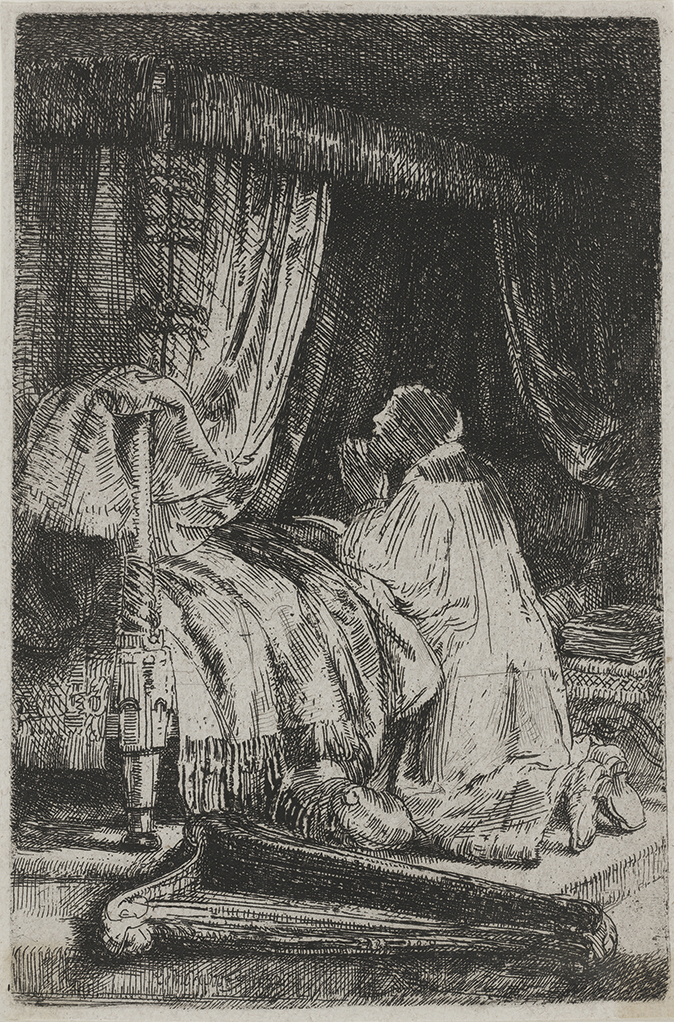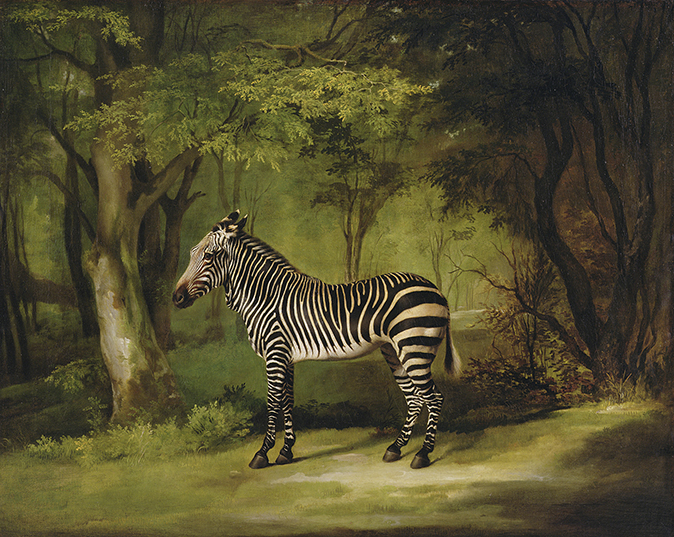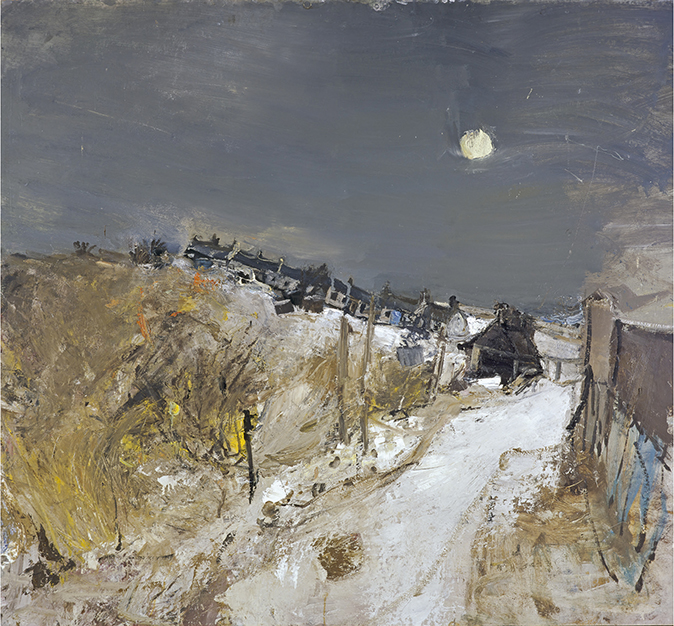My favourite painting: Daniel Libeskind
'I find it inspirational to look at and think about how wondrous Rembrandt was to be able to capture God, music, light and silence in one scene.'


David in Prayer, 1652, by Rembrandt van Rijn (1606–69), 5½in by 4¾in, Collections various.
Daniel Libeskind says:
This little etching was generously given to me by my wife, Nina, as a birthday present a few years ago. It hangs on the wall of our house in New York and I look at it every day. It depicts David kneeling by his bed with his hands in prayer and there is a lyre next to him on the floor. It’s very small, no larger than about 8in by 6in, but I find it inspirational to look at and think about how wondrous Rembrandt was to be able to capture God, music, light and silence in one scene.
Daniel Libeskind is an architect. He is best known for designing the Jewish Museum in Berlin and the Imperial War Museum North in Manchester.
John McEwen comments on David in Prayer:
Print etching derived from goldsmiths and other metal workers. its adaptation to the reproduction of drawings is credited to Daniel Hopfer (about 1470–1536) of Augsburg.
A metal plate, usually copper (probably an Italian innovation), is covered with wax. The artist draws into the wax with an etching needle to expose the metal. The plate is dipped in acid, which ‘bites’ (Fr. etchant) into the metal exposed by the drawing. The remaining wax is wiped off, the plate painted with ink and wiped again to leave only the etched lines inked. The plate is then stamped by a printing press onto a sheet of paper to reproduce the drawing. The plate can be used many times before the lines become worn and reproduce a faint or fuzzy image.
Printmaking added to an artist’s income and spread a reputation in ways painting could not. Along with the printed word, the pictorial print—whether etched, engraved or cut in wood, published as an illustration or a fine-art edition—had become, by Rembrandt’s time, the major means of mass communication.
The 17th century was etching’s golden age and it was Rembrandt’s mastery of the medium, circulated throughout Christendom, that accounted for his international fame. ‘I frankly consider him to be a virtuoso,’ said the Italian painter Guercino, renowned for his drawing.
Exquisite houses, the beauty of Nature, and how to get the most from your life, straight to your inbox.
Rembrandt’s religious etchings achieved an extraordinary empathy. David, once the shepherd boy who slayed Goliath, was appointed king by the Lord God to rule over Israel. Forbear of Joseph, and characterised by his harp, he was renowned as the most prolific author of the Psalms.

My favourite painting: Amy Meyers
'Stubbs’s portrayal is one of the subtlest and most poignant commentaries on the troubling displacements that were accruing from the

My favourite painting: James Naughtie
'The word that comes to my mind is always humanity, even when there isn’t a person to be seen in
Country Life is unlike any other magazine: the only glossy weekly on the newsstand and the only magazine that has been guest-edited by His Majesty The King not once, but twice. It is a celebration of modern rural life and all its diverse joys and pleasures — that was first published in Queen Victoria's Diamond Jubilee year. Our eclectic mixture of witty and informative content — from the most up-to-date property news and commentary and a coveted glimpse inside some of the UK's best houses and gardens, to gardening, the arts and interior design, written by experts in their field — still cannot be found in print or online, anywhere else.
